
Wall Mounting EV Charge Station
Innovative Trends in Home Ev Charger Technology at the 138th China Import and Export Fair 2025
The 138th China Import and Export Fair in 2025 showcased a myriad of innovative technologies, with a significant focus on the rapidly evolving field of Home EV Charger solutions. As electric vehicles continue to gain traction worldwide, the importance of efficient and user-friendly charging systems has never been greater. This event highlighted the latest advancements in Home EV Charger technology, illustrating how manufacturers are responding to the growing demand for sustainable and convenient charging options.
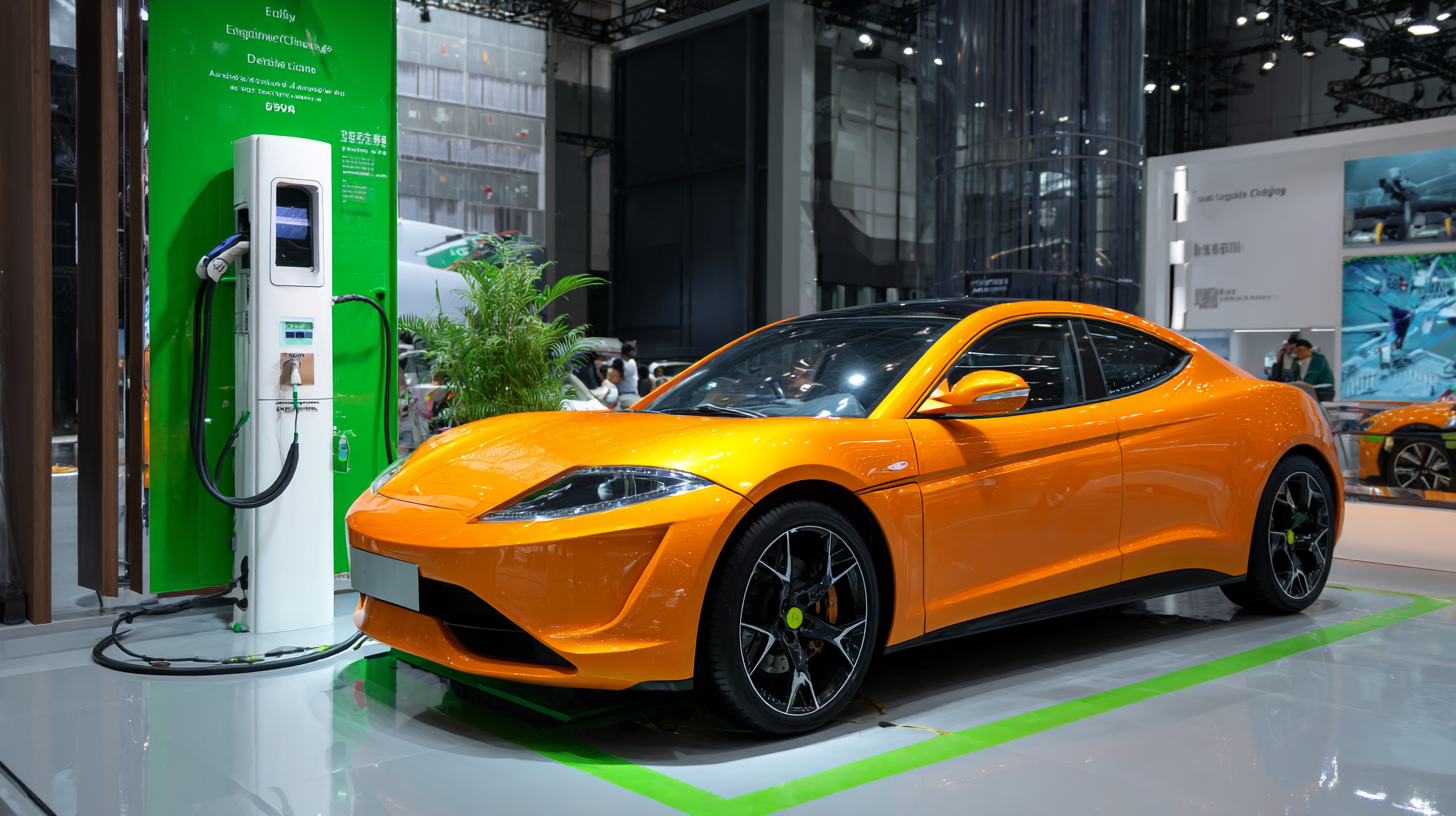
From cutting-edge designs and smart charging capabilities to integration with renewable energy sources, the developments presented at the fair reflect a transformative shift towards a greener future. As consumers increasingly prioritize eco-friendly transportation, understanding the trends and technologies emerging in the Home EV Charger market becomes essential for navigating this dynamic landscape.
Innovative Charging Solutions: A Look at EV Charger Technology at the Fair
At the 138th China Import and Export Fair 2025, the spotlight shone brightly on innovative charging solutions for electric vehicles (EVs). Various exhibitors showcased state-of-the-art EV chargers, designed to meet the growing demands of eco-conscious consumers. Noteworthy advancements included ultra-fast charging technology that dramatically reduces charging times, enabling drivers to recharge their vehicles in mere minutes rather than hours. These innovations are revolutionizing the user experience, making electric vehicle ownership even more appealing.
Sustainability was a key theme, with many companies unveiling chargers that utilize renewable energy sources. Solar-powered EV chargers emerged as a popular choice, allowing users to harness clean energy for their vehicles while promoting a greener footprint. Additionally, advancements in smart charging technology were evident, allowing these chargers to integrate with home energy systems, optimizing power usage and providing users with real-time data on their charging habits. As the fair highlighted, the future of EV charger technology is not only innovative but also closely aligned with global sustainability goals, paving the way for a cleaner transportation future.
Sustainable Energy Integration: Advancements in Home EV Chargers
The 138th China Import and Export Fair 2025 showcased remarkable advancements in home EV charger technology, highlighting the essential role of sustainable energy integration. As electric vehicles gain popularity, the need for efficient, eco-friendly charging solutions has become paramount. This year’s fair introduced innovative chargers that not only reduce reliance on fossil fuels but also harness renewable energy sources, allowing users to charge their vehicles with solar and wind power.
One standout innovation featured was the smart home EV charger, which can be seamlessly integrated into existing home energy systems. These chargers utilize sophisticated algorithms to optimize energy use, ensuring that charging occurs during off-peak hours or when renewable energy is most abundant. With user-friendly interfaces and mobile applications, homeowners can monitor and manage their charging cycles, thereby maximizing energy efficiency and minimizing costs. This event underscored the significance of developing technology that aligns with global sustainability goals, paving the way for a greener future in transportation.
Smart Features in Home EV Chargers: Tech Enhancements for Consumer Convenience
The innovation in home EV charger technology is increasingly centered around smart features that enhance consumer convenience. Recent developments highlight a trend toward integrating advanced connectivity and load management systems into charging solutions. These enhancements not only streamline the charging process but also allow users to monitor and control their charging activities remotely via smartphone applications. This interactivity is crucial as consumers expect seamless integration with their lifestyles and the technology they use.
Moreover, the focus on user-friendly interfaces and real-time notifications ensures that drivers can make informed decisions regarding their vehicle's energy consumption. Intelligent systems capable of managing energy loads provide significant advantages, especially in households with multiple electric vehicles or high energy demands. This evolution in home EV chargers reflects a broader shift in the automotive industry towards smarter, more connected solutions that prioritize user experience and efficiency. As the market adapts to these changing consumer needs, the emphasis on tech enhancements will likely define the future landscape of EV charging.
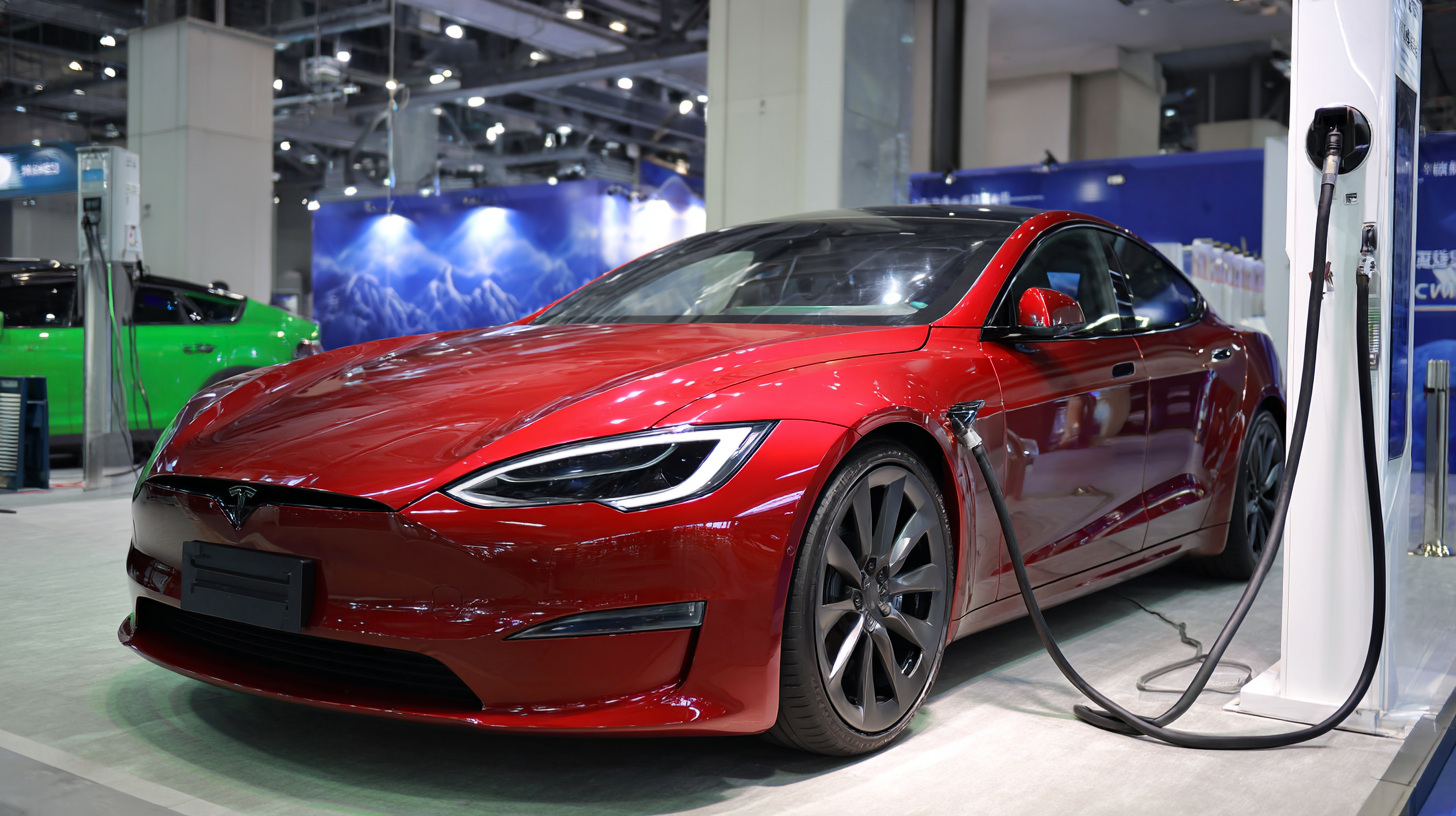
Market Trends: The Future of Home EV Charging Devices Post-2025
The future of home EV charging devices post-2025 is poised for significant advancements driven by market dynamics and technological innovations. The global EV charging station market is expected to soar from $255.9 billion in 2025, with a projected compound annual growth rate (CAGR) exceeding 20.4% by 2035. This growth is largely influenced by substantial investments from automotive manufacturers, energy companies, and governments aiming to enhance charging infrastructure. Additionally, as over 20% of new vehicles are expected to be electric by 2025, demand for accessible and efficient home charging solutions will dramatically increase.

As battery technology continues to evolve, the home charging market will likely witness the introduction of more sophisticated and user-friendly devices. Innovations such as smart charging stations and Vehicle-to-Grid (V2G) technology, which allows vehicles to return energy to the grid, will play a pivotal role in shaping consumer preferences. The global market for V2G technology itself is projected to reach $3.2 billion by 2025, reflecting an impressive CAGR of 38% through 2034. Thus, the future landscape of home EV charging is not just about increased capacity, but also about enhancing consumer experience and sustainability within the broader context of the electric vehicle ecosystem.
Collaborative Innovations: Partnerships Shaping the EV Charging Landscape
The 138th China Import and Export Fair in 2025 showcased a remarkable fusion of collaborative innovations transforming the electric vehicle (EV) charging landscape. Partnerships between technology developers, automotive manufacturers, and renewable energy firms have emerged as a driving force in enhancing the efficiency and accessibility of EV charging solutions. These collaborations aim not only to improve charging infrastructure but also to integrate smart technologies that allow users to monitor and optimize their charging patterns in real-time.
One noteworthy example presented at the fair was a joint venture between a leading EV manufacturer and an energy technology company, which introduced a new generation of home EV chargers. These chargers not only feature fast charging capabilities but also utilize AI algorithms to manage energy consumption effectively, minimizing costs for users. By sharing expertise and resources, these partnerships are pushing the boundaries of what's possible, ensuring that the future of EV charging is not only sustainable but also user-friendly, paving the way for a broader adoption of electric vehicles worldwide.
Related Posts
-
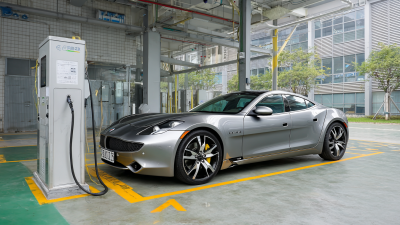
2025 Trends Revealed 7 Key Innovations in Best Ev Charger Technology
-
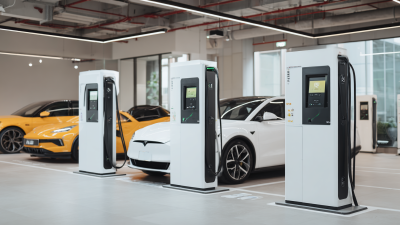
How to Select the Best Ev Recharge Stations for Your Business Needs
-
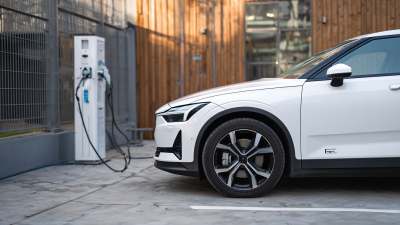
How to Choose the Right Ev Charger Station for Your Electric Vehicle
-
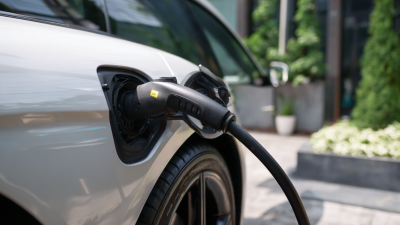
7 Tips for Choosing the Best AC Ev Charging Cable for Your Electric Vehicle
-

Innovative Approaches for Efficient Home Wall Ev Charge Station Installation
-

7 Compelling Reasons to Choose Home Wall Ev Charge Station for Your Business

